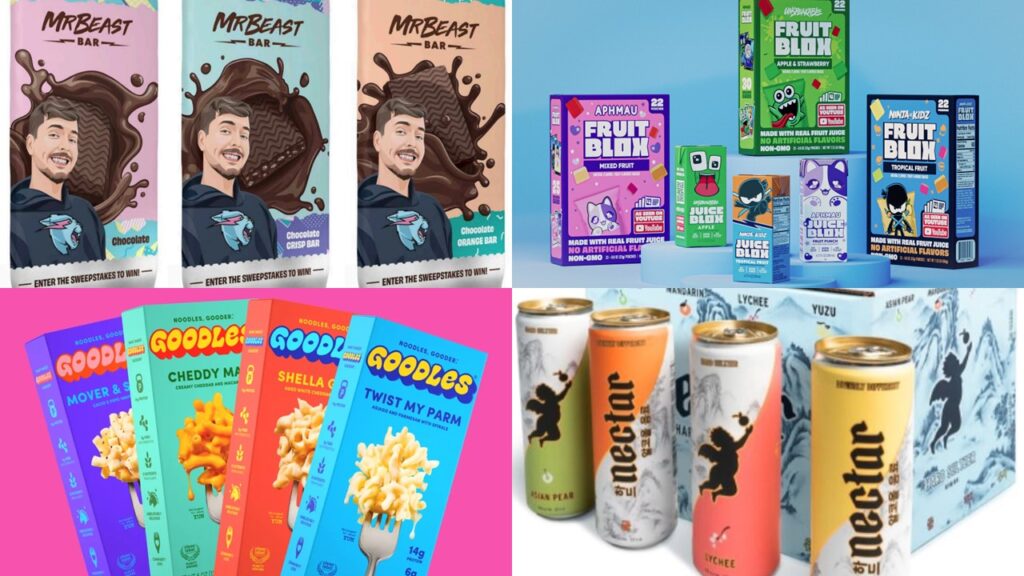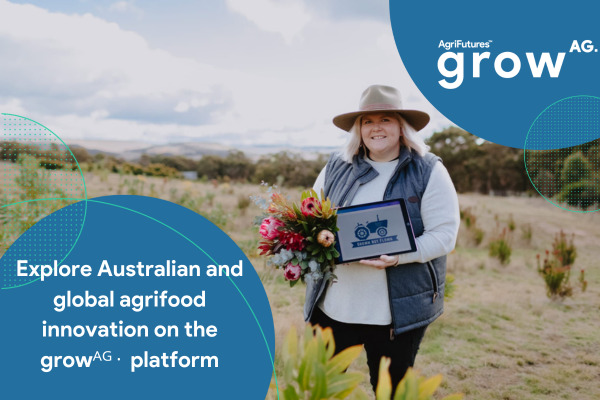- Austin, Texas-based venture capital firm Springdale Ventures has closed a $40 million fund (Fund II) to invest in early-stage consumer brands across the food, beverage, pet, health, and beauty sectors.
- The fund is almost double in size from its Fund I, which launched in 2019, and includes returning limited partners, family offices, entrepreneurs, and prominent athletes.
- To date, Fund II has invested in 14 companies including Asian-inspired hard seltzer company Nectar; whiskey brand Big Nose Kate; and BloxSnacks, a kids’ snacking brand cofounder by leading YouTube creators Aphmau, Unspeakable, and NinjaKidz.
‘Capital just seized up for a couple of years’
Fund II will invest in disruptive consumer brands at seed stage up to Series A, cutting checks of around a million dollars with 25-30% of the fund reserved for follow on investments, cofounder Genevieve Gilbreath told AgFunderNews.
“It’s definitely an interesting time to fundraise. In general, capital just seized up for a couple of years, especially when it came to VC funding, with people just being a lot more conservative. A lot of funds have had a hard time raising at all, so we felt really great that we were able to almost double the Fund I fund size and bring back a lot of LPs and others.”
Exit strategies
So what’s the exit strategy for investors in these kinds of CPG brands? And are strategics (multinational consumer packaged goods) brands as likely to invest as they were a few years ago, when emerging brands in everything from coconut water to upmarket jerky were being snapped up for huge sums?
Strategics have a mixed track record on this front (think Campbell Soup and Bolthouse Farms; Coca-Cola with Zico and Honest Tea; Hershey with KRAVE; Dean Foods with Uncle Matt’s Organic, brands that performed poorly under the corporate umbrella and were sold back to their founders in one form or another), acknowledged Gilbreath.
However, the “strategic opportunity is very much alive, as large companies still have issues innovating in ways that resonate with customers,” she claimed. “I think they have also learned a lot [about how to better manage and integrate companies and brands they acquire]. We talk to strategics all the time and the appetite is still there.
“Then there’s private equity that we have the ability to sell to, and in some of the later stage growth rounds, we can exit. We’re also seeing a lot of larger holding companies or roll ups that we’re able to exit to. We’re looking at one company going out to market next year on a large secondary [when initial purchasers of stock from a company sell that security to other investors], so there’s the opportunity to sell shares even though it isn’t a growth round or an acquisition.”
“In the United States, almost 40% of private equity capital capitalizes software companies, leaving the consumer sector significantly underfunded, yet, the consumer market constitutes a substantial 70% of the US GDP. For investors who understand the category, there is a huge white space opportunity for capital allocation within early-stage consumer brands.” Genevieve Gilbreath, cofounder, Springdale Ventures
The evolving CPG investment landscape: An influx of ‘tourist capital’
Driven by a combination of cheap money (low interest rates) and excitement around companies such as Impossible Foods and Beyond Meat, the CPG space has benefited—or some would say suffered—in recent years from a big influx of ‘tourist’ capital from tech and non-specialist investors, who failed to appreciate that getting physical products into the marketplace takes money, experience, and above all time, observed Gilbreath.
“They were investing in ways that they might for a tech company and expecting consumer brands to have that same lifecycle. Not surprisingly, we’ve seen a recent market correction, and what you’re seeing now is investors who really understand the landscape and hopefully have some strategic value to add for startups trying to raise money.”
She added: “We love to see high growth companies, but not growth at all costs. You have to have good unit economics. When capital is short, you have to have the ability to pull back the growth lever and maintain a more sustainable organic growth, and then when capital becomes available again, you can step back on the gas. But if there isn’t a good underlying fundamental business, it shouldn’t be a business at all.”
“If we’re in a pitch and they talk about the product the whole time and never really get to the business, I tend to tune out. Are they interested in the brand, or actually running a business? Genevieve Gilbreath, cofounder, Springdale Ventures
What is Springdale looking for?
Asked how Springdale places its bets, Gilbreath explained: “There are definitely some trends and categories we’re interested in, such as the humanization of pets and beauty as wellness, but we see over 1,000 deals a year and really the most compelling thing is a passionate, skilled founder with a product that has a good product market fit. Other things we consider are whether they can attract a great team and do they have the ability to fundraise and communicate with investors?”
She added: “We love seeing founders who have been there and done that and we have a few serial founders in our portfolio, but actually the majority are first time founders.”
When it comes to red flags in pitches, she said, “If we’re in a pitch and they talk about the product the whole time and never really get to the business, I tend to tune out. Are they interested in the brand, or actually running a business? If they don’t really understand their numbers and the unit economics of the business, that’s a big red flag.”
The best founders typically have the right balance of self-confidence and curiosity, she said. “Founders have to have grit, backbone and self-belief to be able to make hard decisions and hard calls, but they also have to be curious and be willing to take advice.”

Aside from money, Springdale can provide founders with industry connections and support, she said. “Both [cofounder] Dan [Graham] and I have been consumer entrepreneur operators, so we really understand what it takes to build and scale a brand, both from the tactical side of things but also just from a founder empathy perspective. We get how hard it is.
“But we don’t want to get in there and operate their businesses. As investors, we’re here to help remove obstacles, whether that’s being able to make the right connections, get them the right coaching as a CEO, help them hire the right new talent or a marketing agency. It’s all about how can we help clear the path and help them move more quickly.”
‘Influencers and YouTube personalities are driving consumer engagement and stickiness’
A few years ago, CPG brands in the natural products arena might get their first break at Whole Foods and then spend years steadily building a presence in the natural channel before moving to conventional supermarkets and mass merchandizers, said Gilbreath. But the playbook has changed in recent years, with many new brands first building a presence online, partnering with celebrity investors or YouTubers with a large social media presence, or in some cases teaming up with big box retailers from the get go.
“In the case of [Springdale portfolio company] BloxSnacks, each product set has its own Minecraft influencer or YouTuber associated with it, so this expanded their reach greatly. Influencers and YouTube personalities are driving a lot more consumer engagement and stickiness.”
When it comes to distribution, she said, the biggest mistake early-stage CPG brands often make is saying yes to too many retailers before they have built real consumer traction and understood their product market fit. “I’ve always been a big fan of inch-wide mile-deep when it comes to establishing distribution.”
Further reading:














Sponsored
Sponsored post: The innovator’s dilemma: why agbioscience innovation must focus on the farmer first